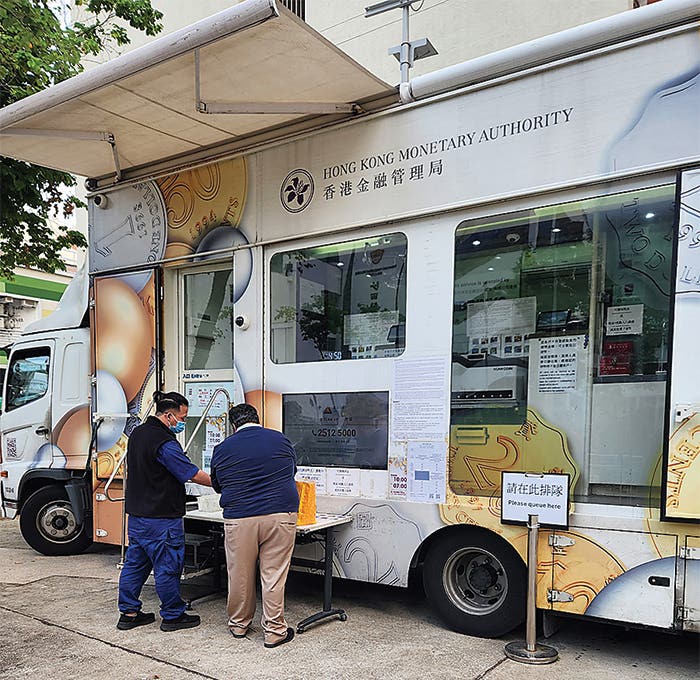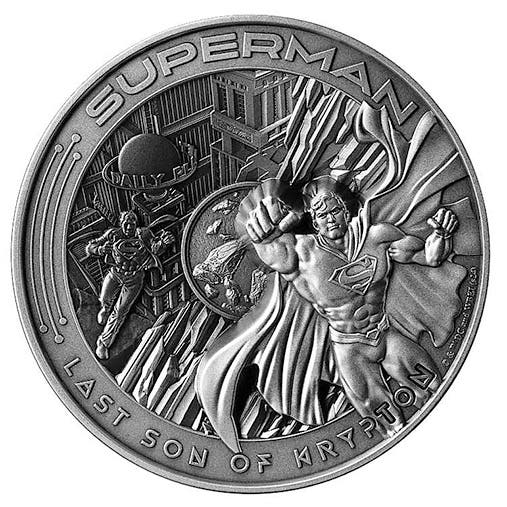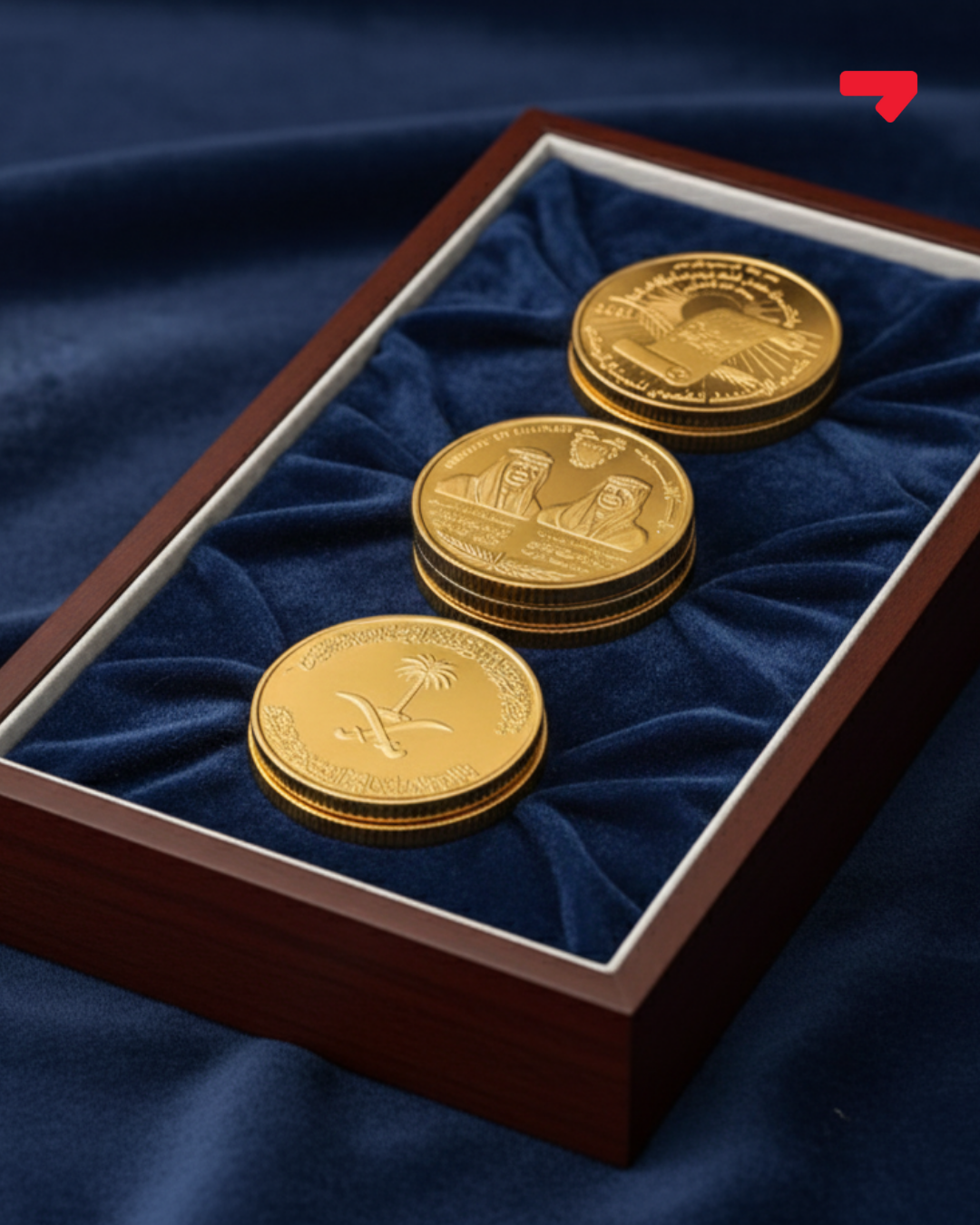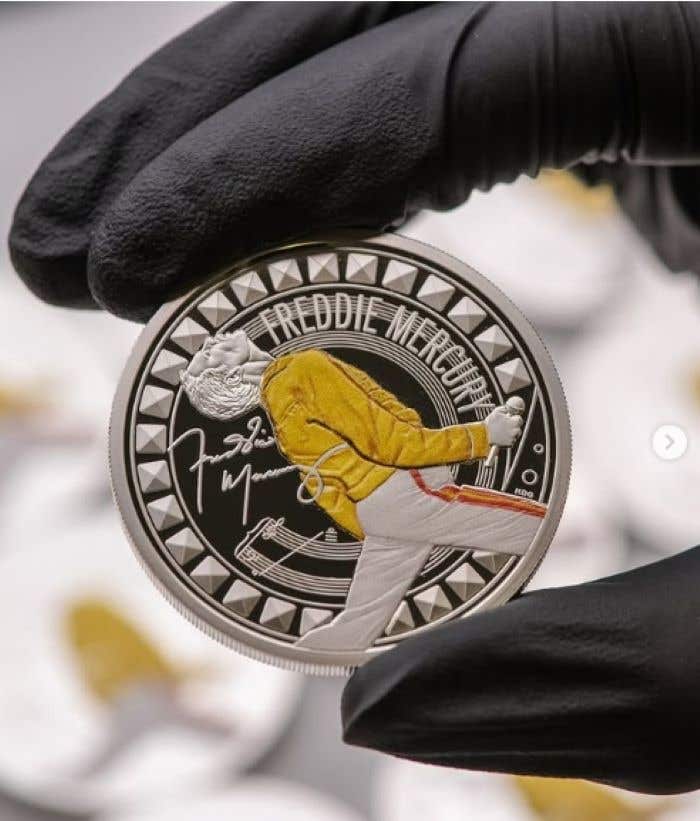Croatian Coin Proposal Causes Protest
Coins have always been a vehicle through which propaganda or political statements can be conveyed. Roman Emperor Valerian (253-260 A.D.) issued a coin celebrating a victory over the Persians, while…
Coins have always been a vehicle through which propaganda or political statements can be conveyed. Roman Emperor Valerian (253-260 A.D.) issued a coin celebrating a victory over the Persians, while in fact Valerian died in captivity following his defeat at their hands.
Croatia is known for issuing coins with controversial iconography. Croatia issued silver coins between 1260 and 1384 on which a marten appears accompanied by a six-pointed Jerusalem star. Marten pelts were traded as money prior to that time, however the marten symbol was a metaphor to levying taxes by the viceroys who issued the coin.
Between 1941 and 1945 during World War Two the Independent State of Croatia existed, this being a Nazi puppet regime that was responsible for the death of many Jews, gypsies, and thousands of the regime’s political enemies. It was at that time kuna-denominated coins and bank notes were issued. It has been suggested the kuna may be a derivative of the crown or kruna coin denomination used in Croatia during the period Croatia had been occupied by the Austro-Hungarian Empire, however kuna is also the word for a marten in the Croatian language.
Modern independent Croatia became independent of what had been communist Yugoslavia in 1991. Following independence Croatia initially used the Yugoslavian dinar. Following a two-year period of hyperinflation, the dinar denominated currency was replaced with the kuna in 1994. The kuna was chosen as the name for the new currency on short notice by Croatian President Franjo Tudjman, allegedly on advice of right-wing radicals within the ruling Croatian Democratic Union.
The June 21, 1994 Los Angeles Times newspaper editorialized, “Croatia’s new currency, the kuna, has managed in a few short weeks to rekindle doubts about this country’s commitment to democracy and human rights just as it was disengaging itself from a diplomatically devastating campaign for a Greater Croatia.” The same article referred to the kuna as “political baggage.”
Zagreb University history professor and Jewish activist Ivo Goldstein said, “Every time I open my wallet, I feel freshly offended.”
The June 21, 1994 New York Times defended the new currency, editorializing: “The kuna has had a long and legitimate history in Croatia. Its abuse by pro-fascist Croatia during World War II does not disqualify it from further use.”
Despite the protests against the kuna and the checkerboard shield appearing on Croatia’s flag and on other national emblems these symbols have continued to be used. A vignette of the checkerboard shield previously appeared on Independent State of Croatia bank notes during World War Two.
On July 21 the Hrvatska narodna banka or HNB Currency Committee announced it was proposing scientist Nikola Tesla appear on some of the Croatian euro coins planned for when the national currency is conjoined with that of the European Union currency union. The choice of Tesla as a subject for Croatia’s upcoming euro coins is controversial. Tesla was born in Croatia, but ethnically Tesla was a Serb. He appears on a 2006 Croatia 150-kuna commemorative. Several other individuals considered for appearance on coins were reported to have been rejected due to their loyalty to the unpopular Yugoslav federation.
The final decision on what designs will appear on the national side of Croatia’s euro coins will be made by the National Council, followed by approval of the national government.
The July 21 Total Croatia News reported the HNB design decision was based on a euro.hr online survey of 50,000 citizens and a structured national survey of 1,000 individuals.
The proposed designs will feature Tesla on the 10-, 20-, and 50-cent euro coins, with the kuna on the 1 euro, and map of Croatia on the 2 euro. The checkerboard heraldry is planned to appear in the background on all coins.
The Narodna banka Srbije or Serbian National Bank wants to claim Tesla as their own.. According to the Serbian bank web site, “appropriate action would be undertaken with EU institutions to point out how inappropriate the proposal is.”
Croatia’s central bank fired back, “Nikola Tesla was selected as a motif for a euro coin on the basis of numerous responses from citizens who value the genius of this inventor.”
Croatia Prime Minister Andrej Plenkovic said, “The fact that Tesla, who was born in Croatia, was a Serb, we see as a plus -- I don’t see how that could be a problem. If I was the Serbian central bank, I’d say: bravo!”









